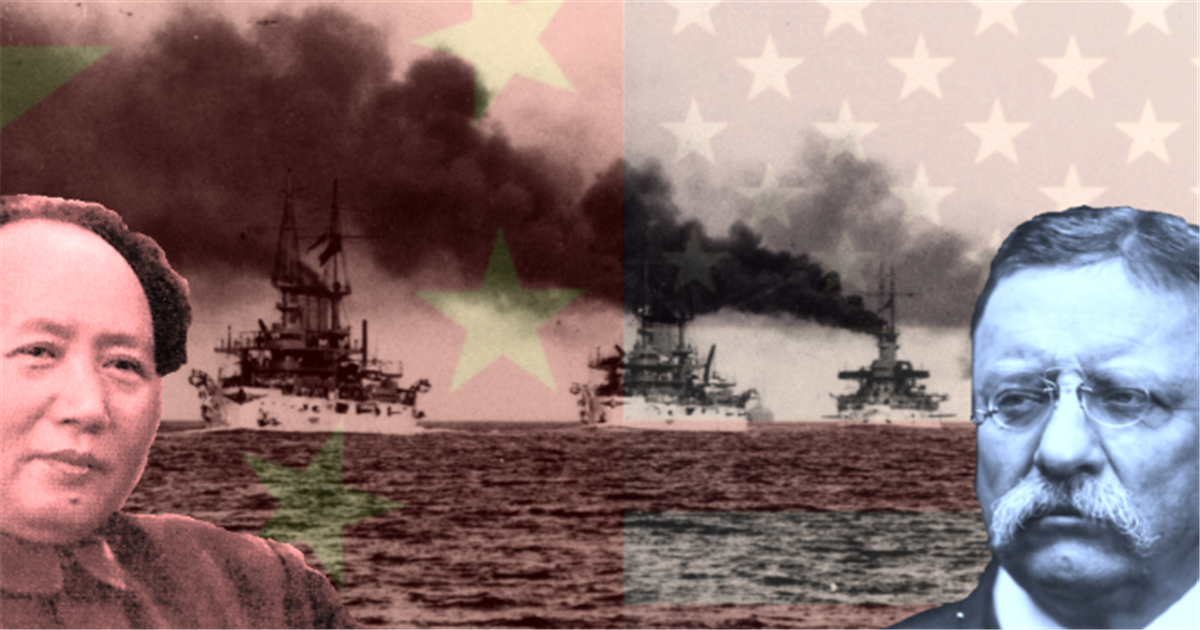
Farther north, the Red Army reached the edge of the Baltic States and was poised for an assault on Poland. The Crimea was cleared, and on May 9 the Germans surrendered Sevastopol. After six months, Soviet Union forces reached the Romanian and Hungarian borders. But in the winter of 1943-44, the Soviets advanced into the Ukraine against isolated counteroffensives from the German army. In the Soviet Union, the momentum achieved after the Battle of Kursk (summer 1943) slowed. The German army retreated northward to a new defensive position, the Gothic Line, from Pisa to Rimini. Only on May 18 did a fierce assault by a Polish unit fighting with the Allies secure Monte Cassino. But the beachhead was contained, and for five more months the front stalled. On January 22, an Allied task force landed at Anzio, farther up the coast toward Rome, in the hope of outflanking the German line. In Italy, the German redoubt around the ancient monastery of Monte Cassino, perched high in the mountains, proved a firm barrier. But while preparations went ahead for the invasion of France, Allied forces engaged in prolonged and bitter fighting on other fronts. Both sides knew that at some point Europe would be invaded from the west, and that this blow, if successful, would probably ensure the defeat of Nazi Germany and its European allies. The American economy alone could afford large armaments while maintaining reasonable living standards.įor the first six months of 1944, the pace of advance on land against the Axis slowed. Only in the United States, whose geographical immunity freed the population from the more onerous restrictions, did the war produce an economic boom.

Total war necessitated the mass participation of women, who comprised 35 percent of the British and American workforce and more than 50 percent in Nazi Germany and the USSR. These were levels of effort that few populations could sustain for long. Nazi Germany and the Soviet Union between them mobilized about 46 million men and women in the armed forces.

:max_bytes(150000):strip_icc()/governor-to-be-3437022-5c6325dd46e0fb0001dcd724.jpg)
In Europe, approximately two-thirds of the countries' national product was diverted to war. After three to four years of warfare, populations had become used to ceaseless rationing, travel restrictions, air-defense blackouts, and long hours in fields and factories. The year 1944 saw every combatant nation exert itself to the fullest extent.


 0 kommentar(er)
0 kommentar(er)
